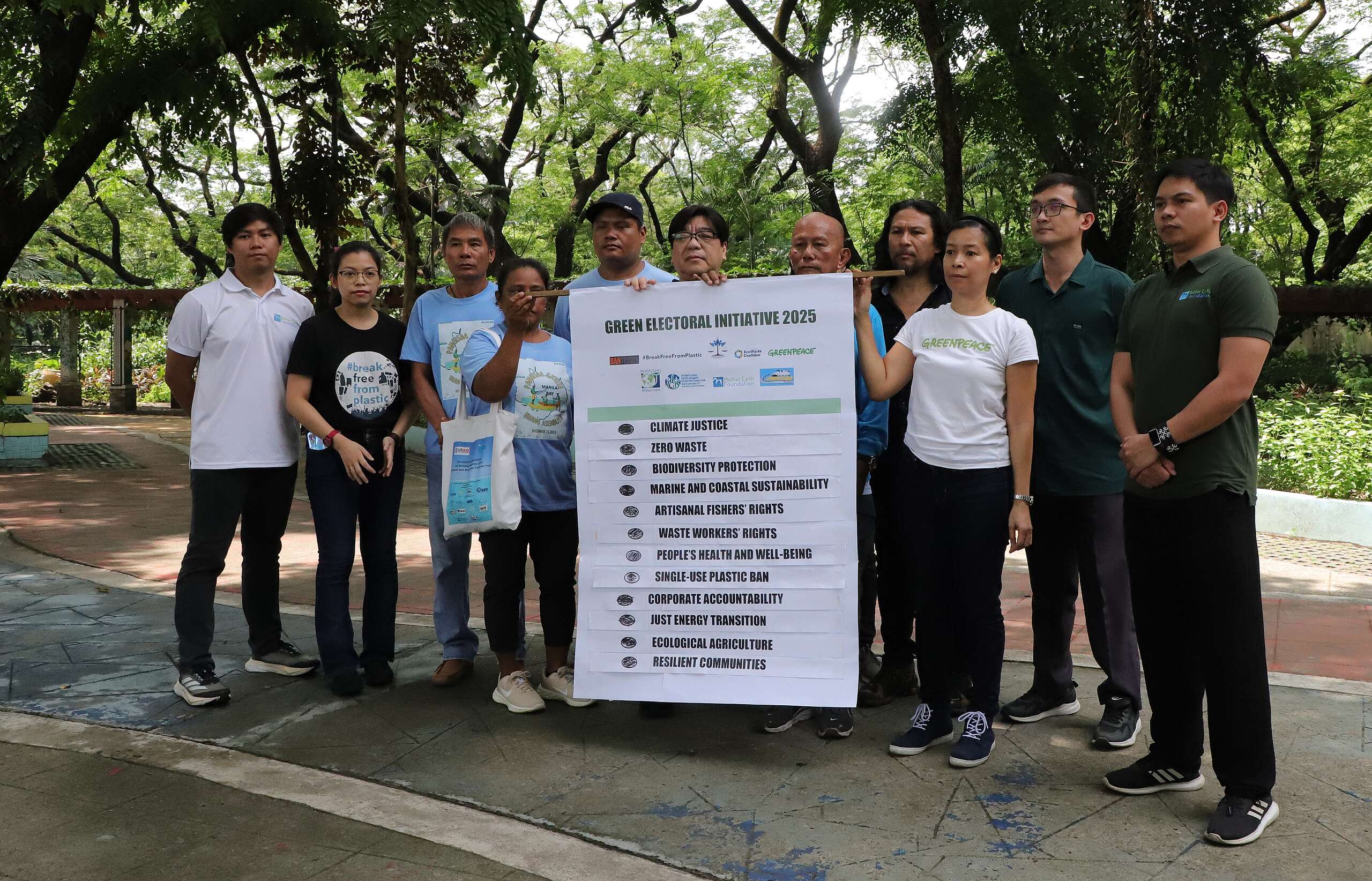QUEZON CITY, Philippines — A people-led air pollution monitoring initiative seeking to help improve the country’s air quality monitoring capacity is now in the works.
Through the initiative, Greenpeace Philippines, supported by the Philippine Movement for Climate Justice (PMCJ), has rolled out efforts to install up to 28 air quality monitoring devices in Metro Manila cities, as well as communities impacted by local coal plants outside the capital.

“Air pollution remains one of the biggest threats to the country’s health, environment, and economy. But sadly, current measures to monitor, regulate and control air pollution are lacking,” Greenpeace Campaigner Khevin Yu said.
“Improved monitoring will not only expose air pollution levels, but will also inform decisions to counter the increase of pollution due to reopening of the economy, especially in the energy and transport sectors–a crucial step to ensuring a green and just recovery.”
The group has secured a collaboration with Philippine Social Science Center (PSSC), and is currently finalizing partnerships with Quezon City, San Juan, and Cebu to provide capacity to monitor toxic pollutants such as nitrous oxide, particulate matter (PM) 10, and PM2.5, which can cause over 27,000 premature deaths in the Philippines and up to 1.9% GDP losses annually [1].
As of writing, PMCJ has installed two devices in Toledo City, Cebu [2], the first units in the area that can provide publicly available data.
The group also eyes partnerships with Metro Manila cities Manila, Pasig, and Marikina, as well as areas near coal power plants such as Bataan, Pangasinan, Quezon Province, and Davao.
At present, the government only has 155 monitoring stations. Out of this number, only 55 are capable of monitoring PM2.5 pollutants, while some are not strategically located in areas with high PM2.5 concentrations, such as major highways and coal plants.
Aside from the installation of the air quality monitoring devices, the initiative also involves partnerships with academic institutions and community organizations to make the data publicly available.
The groups are also calling on the government, specifically the Department of Environment and Natural Resources (DENR), to conduct a review of standards for stationary sources every two years, a requirement under the Clean Air Act. Records show that National Emission Standards for Source-Specific Air Pollutants have not been updated since they were set in 1999.
“The first step to protecting our people from the ill-effects of air pollution is to ensure that we are protected from the air we breathe. With this people-led initiative, we call on the government to follow through with stringent measures to address air pollution, which will continue to pose threats to our communities,” said Ian Rivera, national coordinator of PMCJ.
Aside from monitoring, the government must also raise stringent standards to control emissions from coal power plants, invest in low-carbon transport, and transition to renewable energy sources to reduce air pollution.
The calls also came after a protest by environmental and rights groups, including PMCJ, calling on DENR to uphold the Clean Air Act, which recently marked 22 years since it was signed into law.
Notes to editors:
[1] Air pollution from fossil fuels a major cause of premature deaths.
[2] Toledo houses a 340-megawatt coal-fired power plant. In 2019, residents have complained health concerns due to the plant’s operations. Read more.
Data from DENR’s Air Quality Management Section shows there are no government-owned air quality PM10, PM2.5, and TSP monitoring stations in Toledo.
Media contact:
Angeli Cantillana
Communications Campaigner, Greenpeace Southeast Asia – Philippines
[email protected] | +63 998 595 9733

Renewable energy is the key to our country’s energy independence. But coal companies and politicians are holding us back.
TAKE ACTION


